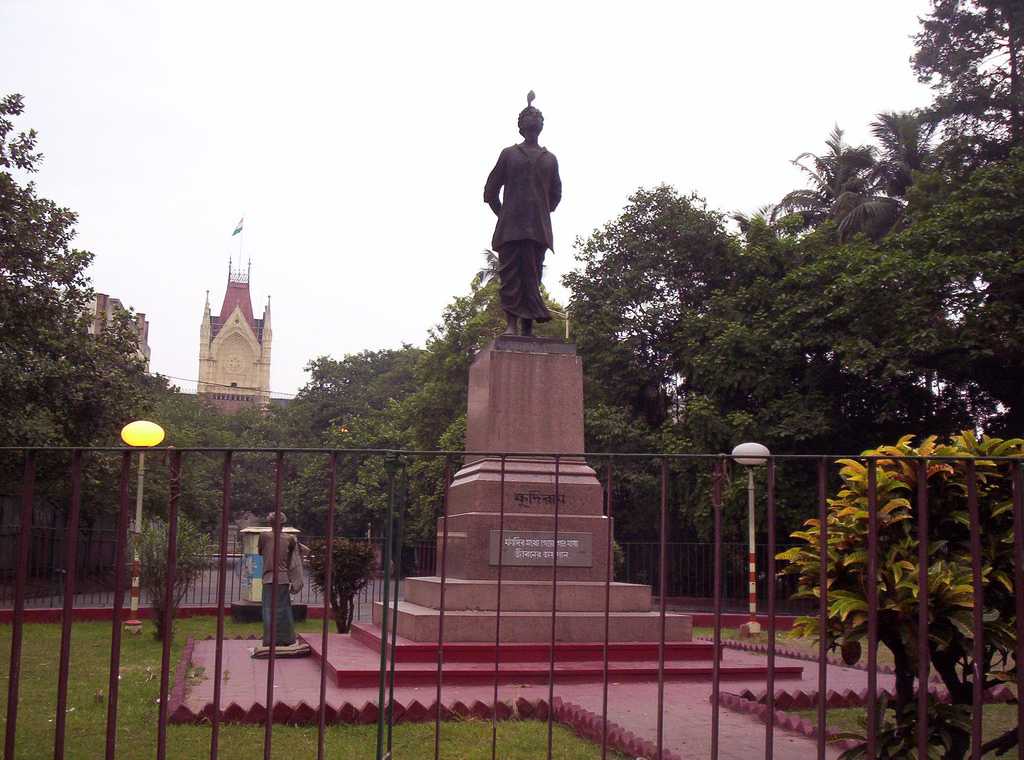Muzaffarpur, a city known for its rich history and cultural heritage, offers a unique glimpse into the evolution of Indian civilization. Located in the northern part of the Indian state of Bihar, Muzaffarpur has been a significant center of learning, culture, and trade for centuries. This article provides an in-depth exploration of Muzaffarpur’s history, from ancient times to the modern era, highlighting its key developments and transformations.
Ancient Roots and Early Settlements
The history of Muzaffarpur dates back to ancient times, with evidence of human habitation in the region found in various archaeological sites. The area was part of the ancient kingdom of Videha, which flourished around the 7th century BCE. This kingdom was one of the major centers of learning and culture in ancient India, known for its scholarly pursuits and philosophical debates.
The region was also influenced by the Magadha Empire, one of the most powerful empires in ancient India. The empire’s influence brought about significant developments in agriculture, trade, and urban planning, laying the foundation for Muzaffarpur’s future growth.
Medieval Era and Islamic Influence
During the medieval period, Muzaffarpur witnessed the rise and fall of various dynasties, including the Mauryas, Guptas, and Palas. The region also came under the influence of Islamic rulers, particularly during the Delhi Sultanate and the Mughal Empire. These periods saw the introduction of new architectural styles, administrative systems, and cultural practices.
The Mughal period, in particular, was marked by the construction of several significant structures, including mosques and forts. The region’s economy flourished under Mughal rule, with Muzaffarpur becoming an important center for trade and commerce.
Colonial Era and British Rule
The arrival of the British in the 18th century marked a new chapter in Muzaffarpur’s history. The British East India Company established control over the region, integrating it into the colonial administration. Muzaffarpur became an important administrative and commercial hub, with the development of infrastructure such as roads, railways, and educational institutions.
The city’s strategic location and fertile land made it a center for the indigo and opium trade, which were significant exports during the colonial period. The socio-economic landscape of Muzaffarpur underwent substantial changes, with the introduction of modern education and legal systems.
Post-Independence Era and Modern Developments
With India’s independence in 1947, Muzaffarpur embarked on a new journey of growth and development. The city saw significant investments in infrastructure, education, and healthcare. The establishment of universities, colleges, and research institutions contributed to its reputation as an educational hub.
In recent decades, Muzaffarpur has also seen growth in various industries, including agriculture, textiles, and small-scale manufacturing. The city is known for its production of lychees, earning it the nickname “Litchi Kingdom.”
Cultural Heritage and Festivals
Muzaffarpur’s cultural heritage is a vibrant tapestry of traditions, festivals, and artistic expressions. The city celebrates numerous festivals with great enthusiasm, including Chhath Puja, Durga Puja, and Eid. These festivals reflect the region’s diverse cultural and religious fabric.
The city’s historical sites, such as the Garib Sthan Mandir and the Jubba Sahni Park, attract tourists and history enthusiasts. These landmarks offer a glimpse into the city’s rich cultural and architectural heritage.
Economic Growth and Modern Challenges
In recent years, Muzaffarpur has seen steady economic growth, driven by both traditional and modern sectors. The city’s strategic location and improved connectivity have made it a hub for trade and commerce. The agricultural sector remains a cornerstone of the local economy, with significant contributions from the production of lychees, mangoes, and other crops.
However, the city also faces modern challenges, including urbanization, infrastructure development, and environmental sustainability. Addressing these challenges requires a balanced approach that leverages the city’s historical strengths while embracing modern innovations.
Tourism and Transportation
Muzaffarpur’s rich history and cultural heritage make it an attractive destination for tourists. The city’s historical sites, vibrant markets, and cultural festivals offer a unique experience for visitors. The development of tourism infrastructure, including hotels and transportation services, has further enhanced its appeal.
For those planning to visit, booking a one-way cab in Muzaffarpur is a convenient option. This service allows travelers to explore the city and its surroundings at their own pace, providing flexibility and comfort.
Conclusion
Muzaffarpur’s journey from ancient times to the modern era is a testament to its resilience and adaptability. The city’s rich history, cultural heritage, and economic potential make it a unique and vibrant place. As Muzaffarpur continues to grow and evolve, it remains a vital part of India’s historical and cultural landscape.




